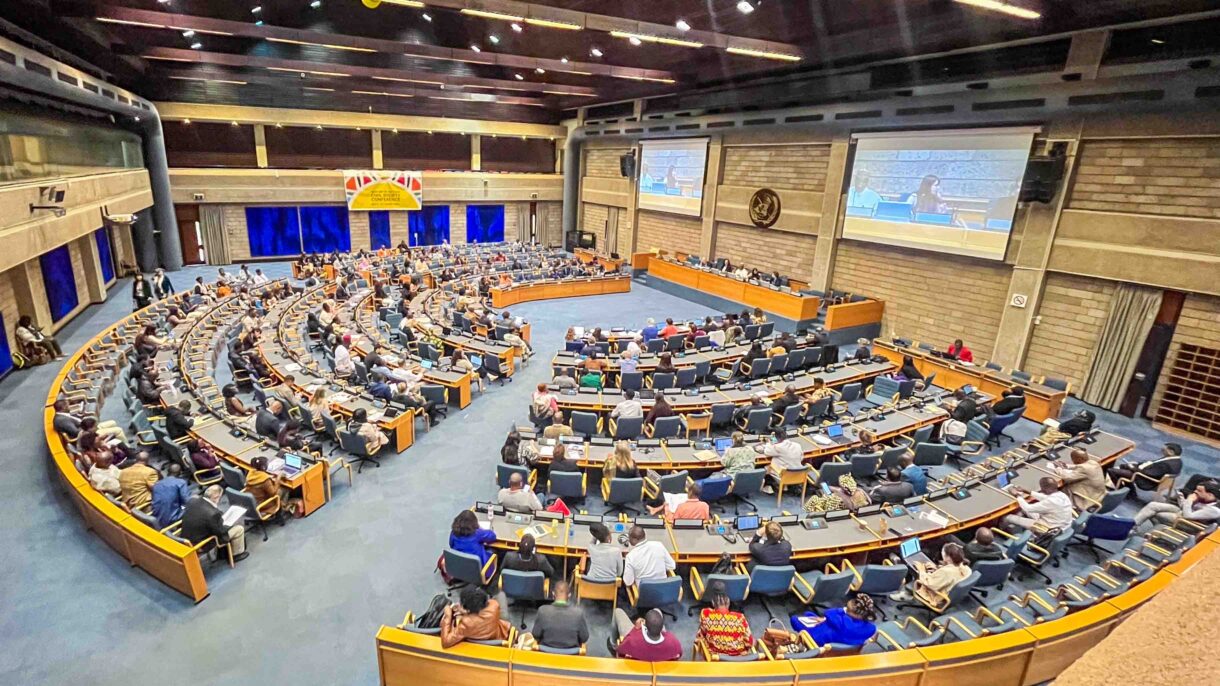What Is UNEA-7 and Why Does It Matter for Our Planet

The United Nations Environment Assembly (UNEA) is the world’s highest-level decision-making body on the environment. It was established in 2012 under the United Nations Environment Programme (UNEP). All 193 UN Member States take part.
UNEA meets every two years. Governments, ministers, NGOs, scientists, youth, and businesses come together to set the global environmental agenda. They negotiate resolutions. They review emerging threats. They push for international collaboration.
What Is UNEA-7?
UNEA-7 is the seventh session of the assembly.
It will take place from December 8 to 12, 2025, at the UNEP headquarters in Nairobi, Kenya, inside the UN Office in Nairobi (UNON).
Before it begins, diplomats will meet for OECPR-7 from December 1 to 5, 2025. This meeting prepares the agenda and negotiates draft resolutions.
UNEA-7 will be presided over by H.E. Abdullah Bin Ali Al-Amri, President of Oman’s Environment Authority.
This year’s theme is “Advancing sustainable solutions for a resilient planet.”
The focus is on practical, forward-looking actions to fix environmental damage and strengthen global resilience.
Why UNEA-7 Matters
1. It Shapes Global Environmental Policy
UNEA-7 will influence how the world responds to climate change, pollution, biodiversity loss, and resource use. It’s in most cases where major environmental decisions that shape the environment are made.
Resolutions adopted here often guide national laws and major UN summits. Everyone is always on their toes watching the resolutions.
Past UNEA sessions have sparked major global actions.
For example, UNEA-5.2 launched negotiations for a global treaty to end plastic pollution. UNEA-7 is expected to push this momentum further.
2. It Addresses New and Rising Threats
UNEA-7 will discuss issues affecting people everywhere, including:
* Wildfires
* Microplastics
* AI’s environmental impact
* Polluted cities
* Water insecurity
These discussions support the Sustainable Development Goals, especially climate action, life on land, and clean water.
3. It Brings Everyone to the Same Table
UNEA-7 is one of the most inclusive global forums.
Governments sit with NGOs, youth groups, scientists, indigenous leaders, and private-sector experts.
Events like the Youth Environment Assembly (YEA) give young people a voice.
Side events, dialogues, and exhibitions allow various groups to share solutions and influence policy.
In a world facing geopolitical tensions, UNEA-7 offers a space to rebuild cooperation.
4. It Comes at a Critical Time
The world is entering a period of tough climate reviews and rising environmental risks.
Communities are facing stronger droughts, storms, floods, and ecosystem collapse.
UNEA-7 aims to shift global action from promises to “real, measurable solutions.”
It pushes for fair and sustainable outcomes that protect both people and the planet.

My Role as a Photojournalist at UNEA-7
I attend UNEA-7 as a photojournalist with full media accreditation.
My work focuses on documenting the stories behind the negotiations, the people fighting for environmental justice, and the real impacts of climate change, especially in Kenya.
As a photographer, UNEA-7 gives me the chance to:
* Capture powerful moments from global decision-makers
* Document youth and civil-society movements
* Follow Kenya’s environmental leadership
* Highlight issues like microplastics, pollution, and climate impacts
* Create visual stories that bring global policy closer to the public
My lens allows me to translate complex negotiations into human stories.
This event is not only political. It is deeply human. And I aim to show that through my work.
Why UNEA-7 Matters for Kenya
Hosting UNEA-7 strengthens Kenya’s position as a global environmental leader.
It attracts global attention, investment, and partnerships.
It highlights Kenya’s progress and challenges in climate adaptation, renewable energy, conservation, waste management, and pollution control.
Nairobi becomes the center of global environmental diplomacy
UNEA-7 is more than a conference.
It is a moment for the world to unite, negotiate, and commit to real action.
With the theme “Advancing sustainable solutions for a resilient planet,” this session will influence how countries respond to the environmental crises of today — and the risks of tomorrow.
As I cover this event through photography and storytelling, my hope is to help the public see what is at stake and why these global decisions matter in everyday life.


